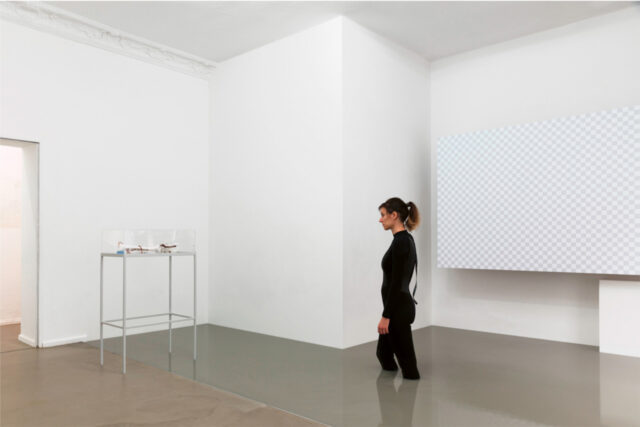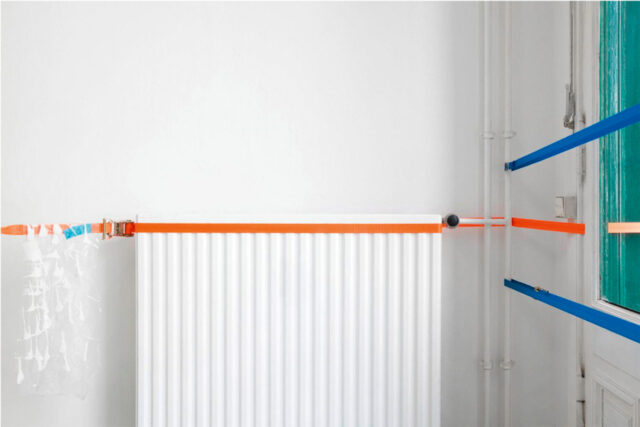
Soline Krug & Martin Remus, The Deepess Stage, 2018, Foto: Chroma

Manon Malan, 2019, Foto: Chroma

Soline Krug & Martin Remus, The Deepess Stage, 2018, Foto: Chroma

Manon Malan, 2019, Foto: Chroma